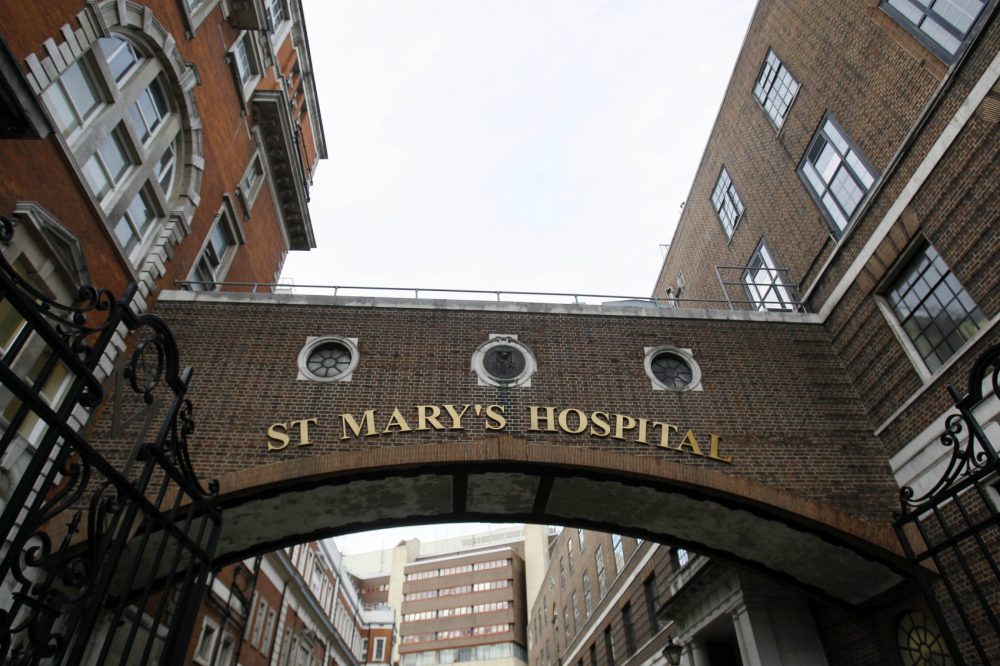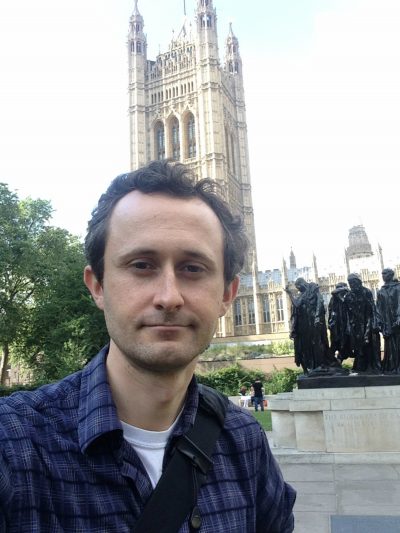Advertisement
British Vs. American Health Care, Through One Trainee Doctor's Eyes

COMMENTARY
I grew up in the United States with an all-American Fisher Price doctor’s set, complete with toy blood pressure cuff and plastic stethoscope. But I feel like a British doctor in disguise as I start work in Boston as an infectious diseases fellow.

I spent my school years and college in Massachusetts and attended medical school in Poland, the country of my parents. But I trained as a doctor in England. I completed the British equivalent of medical residency in internal medicine in London, and lived there until I came to Boston in August.
I returned home to view the provision of health care in the United States through Earl Grey-tinted glasses that make some aspects of our system particularly shocking and others particularly impressive.
Let's begin with the most obvious: physical appearances.
More 'Harry Potter' Than 'Grey's Anatomy'
Since England is an older country than the U.S., English hospitals tend to be older, smaller and a tighter squeeze. St. Mary’s Hospital in Paddington, London, the first hospital where I worked as a "Foundation Doctor" — the U.K. equivalent of an intern — was a mishmash of modern and Victorian design. While the new surgical operating theaters and intensive care units were in an unremarkable 10-story hospital block built in the 1980s, the other half of the hospital was constructed in the 1890s. The outside looked more like "Harry Potter" than “Grey’s Anatomy."
In one part of “the old block” of St. Mary’s, there was a corridor about 30 feet in length and too narrow for a modern hospital bed to take a tight corner. The solution? Porters would roll the bed into an elevator at one end of the corridor to the floor above, traverse the 30-foot hallway, and then take another elevator down to the original corridor.
Then there are the uniforms. Within Britain’s National Health Service, which essentially provides almost all health care in England, the emphasis is on “national." Most job roles within the hospital have standardized outfits — nurses, for example, universally wear the same blue tunic, whose shade indicates seniority. The darker the blue, the more you know that the nurse at the desk has seen everything under the sun. Physiotherapists, fittingly, get to wear sporty polo shirts.
Advertisement
But sometimes those uniforms are defined by what they are not. Despite expecting it, I was still surprised to see almost every doctor in my Boston hospital wearing standard issue lab coats. In 2008, lab coats in the U.K. disappeared from clinical medicine. As part of a universal policy maintaining a health care workforce “bare below the elbows," everyone, doctors included, is banned from having any clothing, watches or jewelry past the elbows, to control germ transmission. Doctors in the U.K. are recognized by their rolled-up, dress-shirt sleeves more than anything else (except maybe the universal symbol of doctor-hood, the stethoscope).
Money And Drugs
Beyond the fact that British outpatient clinic waiting rooms have no magazines, the most substantial difference hasn’t been the physical infrastructure or the absence of lab coats. It is the bills sent to patients at the end of their stays. Namely, there are none.
The National Health Service of the U.K. is free at the point of service: While hospitals get money from the government for care, there is never any discussion with patients about the cost of their care. I am experiencing for the first time as a doctor the insurance cards, the billing department and questions of insured versus not insured. It has been a sobering experience.
I was saddened by a diabetic patient who stopped taking her insulin because she could not afford it. In the U.K., that just doesn't happen. Other times, I get angry, like when I heard about a patient who was scheduled to be transferred to another hospital — until administrators at the receiving hospital changed their minds, saying they didn't accept the patient's insurance.
But I'm truly shocked and heartbroken by the opioid abuse that has become a slow-motion national disaster across the U.S. It was difficult for me to imagine in the U.K., even as I read about its sad evolution. Every country has its vices; in the U.K., alcohol is the drug of choice and I have seen its damaging consequences. Yet I was unprepared for the extent that the undercurrent of heroin and other opioids have affected medicine.
As an infectious disease doctor, I deal with the consequences of intravenous drug use at home far more frequently than I ever did in the U.K. — the abscesses, the sepsis and the most literally heartbreaking of them all, the repeated episodes of people’s hearts getting infected again and again because they keep on injecting drugs. The grit and impurities of the drugs damage their heart valves as the drugs circulate through their blood, allowing bacteria to latch on and slowly chew away at the heart tissue beneath. It is a horrible illness that, in the case of injection drugs, is utterly avoidable.
Still, I also deeply admire our American system. It is quick, knowledgeable and cutting-edge. When a patient needs an MRI, I was initially bewildered to find that they would get it overnight — compared to the U.K., where most hospitals only run MRIs during the day, and often with a backlog.
Over the last few months, it has been difficult for me to find my place as a British-trained doctor. Part of me worries that everything I learned in the U.K. will fade over time, the way a cup of hot tea grows cold. Another part of me wishes to drink straight from the well of American medicine. In the end, I realize that there is more than one way to quench one’s thirst and my ultimate hope is to take the best from both worlds.
Dr. Martin Kaminski is a clinical fellow at Tufts Medical Center in Boston.